While virtual self-diagnosis tools encourage patients to take ownership over their health, they may cause more harm than good.
Patient centricity is all the rage in healthcare right now, and for good reason; encouraging patients to take control over their health and wellbeing should ideally streamline healthcare costs and reduce wait times for seeing healthcare professionals. However, the trend toward patient centricity can also go awry — and self-diagnosis tools may push the envelope too far.
The Challenges of Self-Diagnosis
In theory, self-diagnosis tools should ease demands on doctors by reducing the number of unnecessary appointments. But in practice, it’s easy for patients to make mistakes when trying to diagnose themselves. There’s a reason why doctors have to go through medical school, an internship, and a residency before they can practice; diagnosing medical conditions is much more complex than simply checking boxes online.
Despite these concerns, self-diagnosis tools continue to evolve and become more popular among patients. A Pew research poll found that 35% of Americans go online to self-diagnosis and another 35% of that group never follow up with a doctor to confirm their self-diagnosis.
However, 41% of that initial group actually had their self-diagnoses confirmed by their doctor, suggesting that these online tools may actually be able to play a role in easing the burden on healthcare professionals and shifting some agency to patients. But how can the healthcare and tech industries minimize the risk of misdiagnosis while still reaping the benefits of these kinds of tools?
Developing Self-Diagnosis Technology
The trend toward a more informed, healthcare-driven understanding of self-diagnosis has already begun. Even Google itself is changing in response to patients’ increased interest in their own healthcare. According to the company, unclear information and confusion over health symptom searches leads people to experience “unnecessary anxiety and stress.” In 2016, the search engine unveiled a new feature in collaboration with healthcare professionals that recognizes symptom searches and then attempts to accurately advise patients on whether they should visit a doctor or not.
A number of self-diagnosis apps may bridge the gap between true patient-driven diagnosis and a doctor’s visit. The majority of these tools require patients to fill out a questionnaire and then use an algorithm to offer possible diagnoses, but some apply image processing technology to match patients with conditions and a handful of others rely on crowdsourcing. Regardless of the specific method used, few of these tools require FDA approval, which means that many of them aren’t very thoroughly screened. Additionally, many of them are of highly questionable accuracy. If these apps can blend artificial intelligence with human confirmation, however, they could be helpful tools.
This trend has even expanded to fields as complex as genetics. Earlier this year, the DNA-testing company 23andMe received the first-ever FDA authorization for direct-to-consumer genetic tests for cancer risk, meaning that they allow customers to test themselves for BRCA1 and BRCA2 genes without a prescription or a doctor’s input. Many experts believe that 23andMe’s FDA green light means that direct-to-consumer medical testing will soon be the rule rather than the exception. Whether that development will benefit doctors and patients or cause more harm than good remains to be seen.
Answering Patients’ Question with the Help of the Internet
Though self-diagnosis may alarm many practitioners, patients’ growing urge to take their medical questions and concerns to the internet presents an opportunity for healthcare providers to jump in front of self-diagnosis. When patients search specific medical conditions and symptoms, that search query provides medical marketers with key information that they need to tailor their digital ads to each and every patient.
A person searching for “asthma symptoms” will likely see the Google Symptom Search pop up with the information they need to take steps toward treatment. Imagine that your practice has placed a targeted ad leading directly to a landing page on asthma, along with a CTA to schedule an appointment with your doctors. Not only will a potential patient receive useful information about the condition, but they’ll also be encouraged to speak with a medical professional.
Smart digital marketing strategies give providers the opportunity to reach patients with timely and accurate medical information, inviting them in to speak with a doctor before they’re led astray by faulty self-diagnosis tools. The self-diagnosis urge allows healthcare professionals to identify patient needs and understand their stage in their healthcare journey, allowing medical marketers to present the right message at the right time.
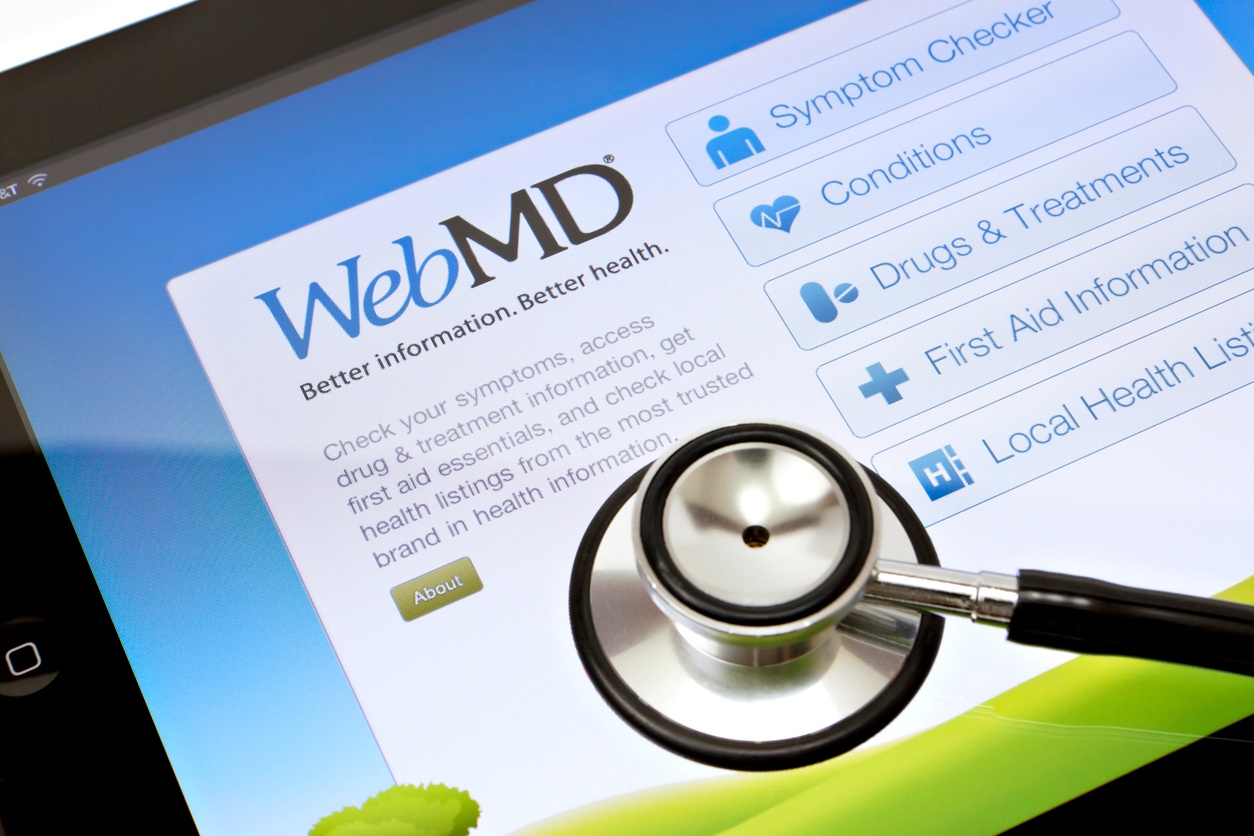















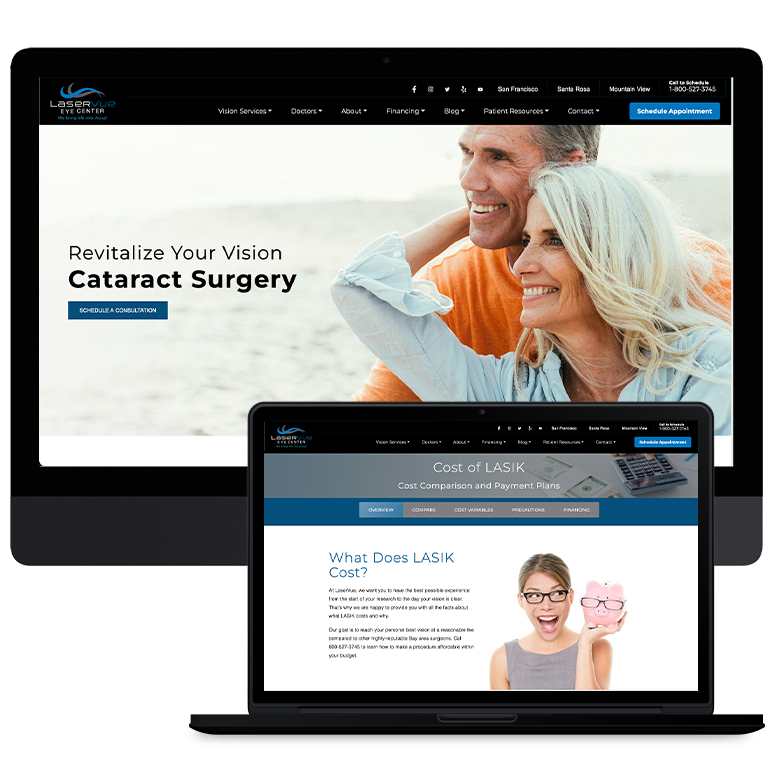
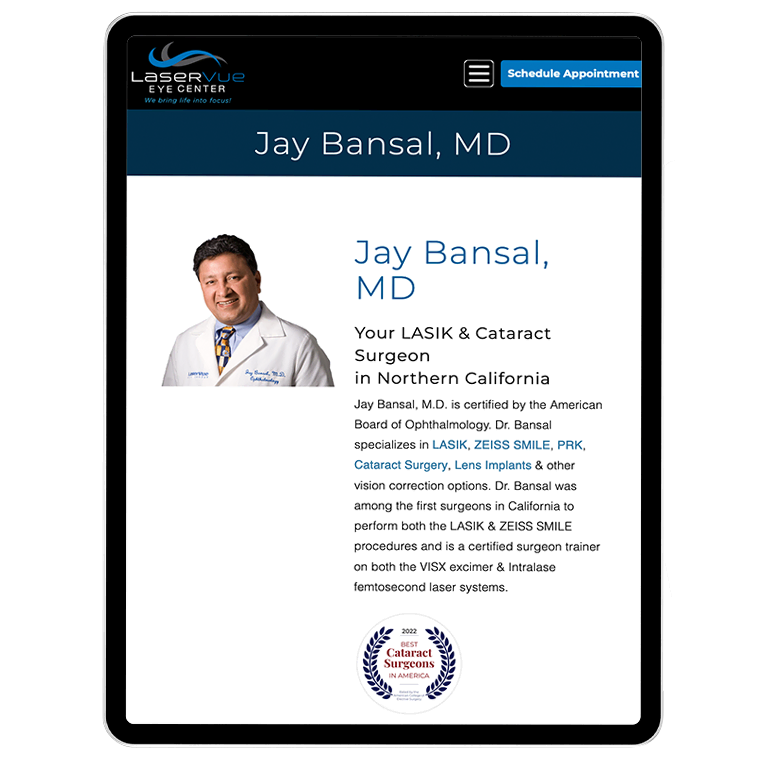

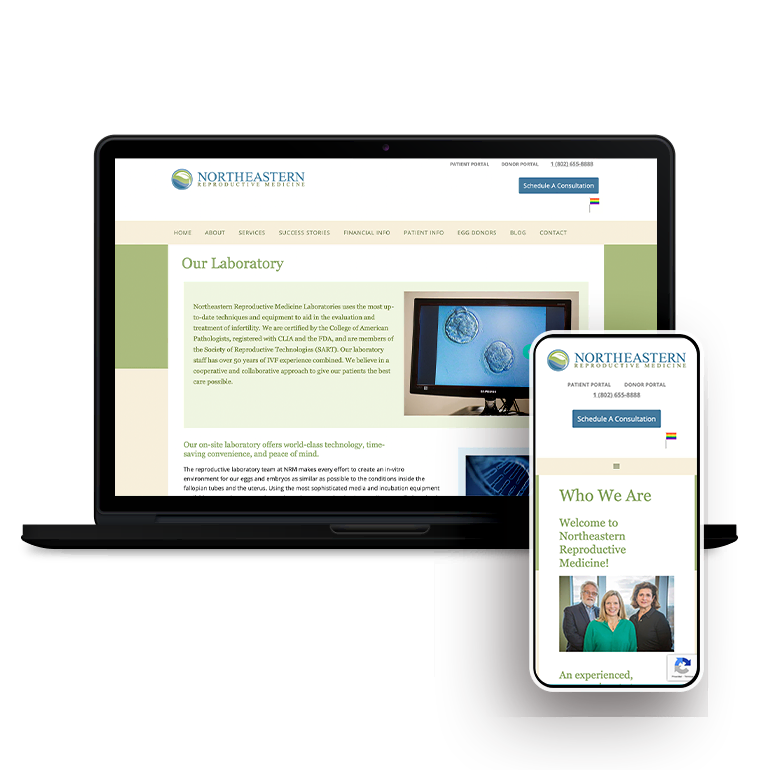
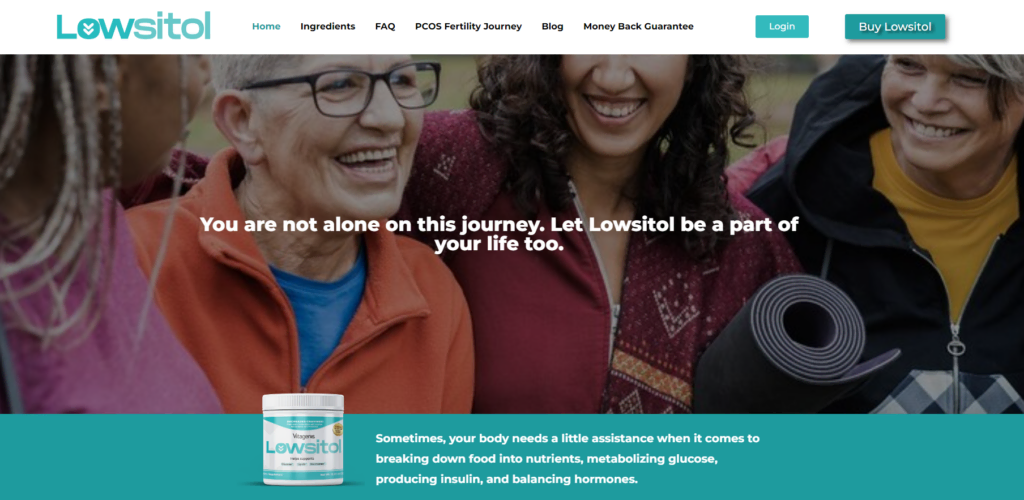


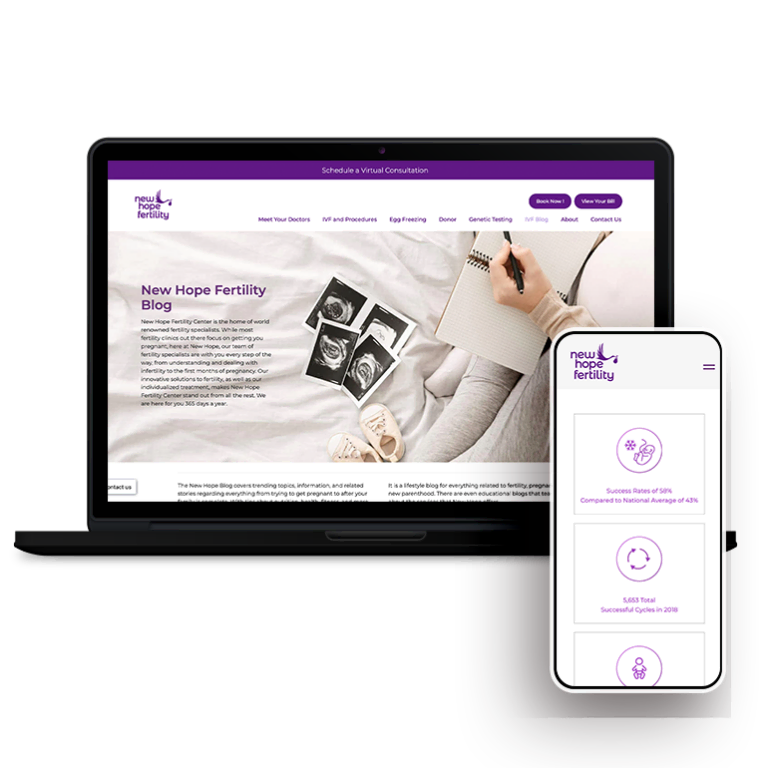
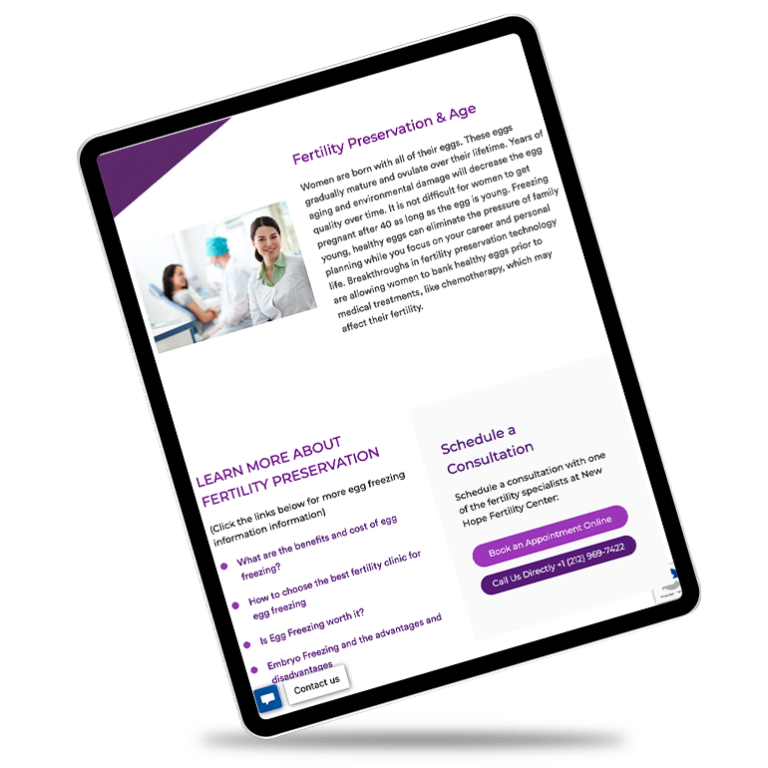

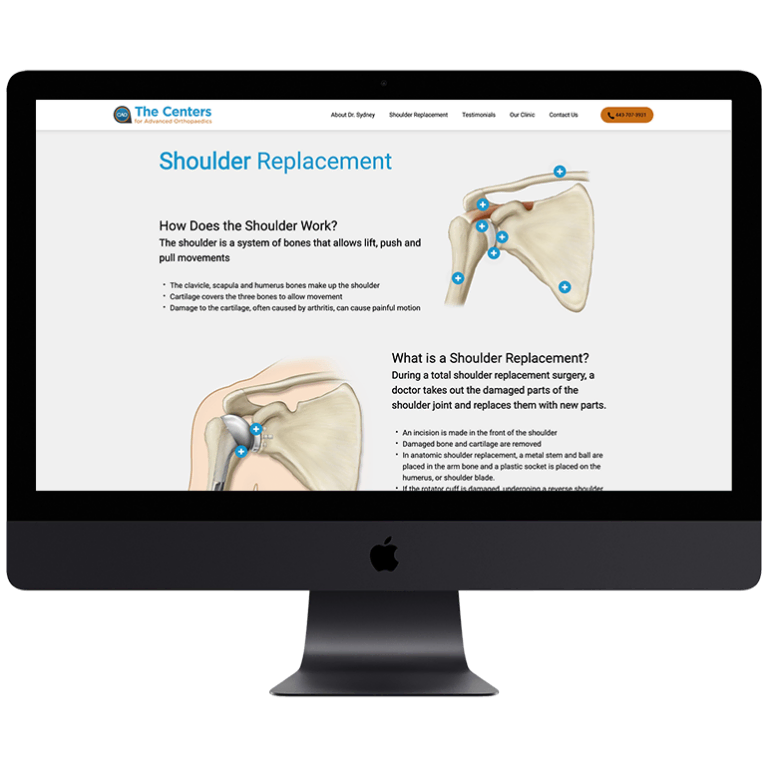



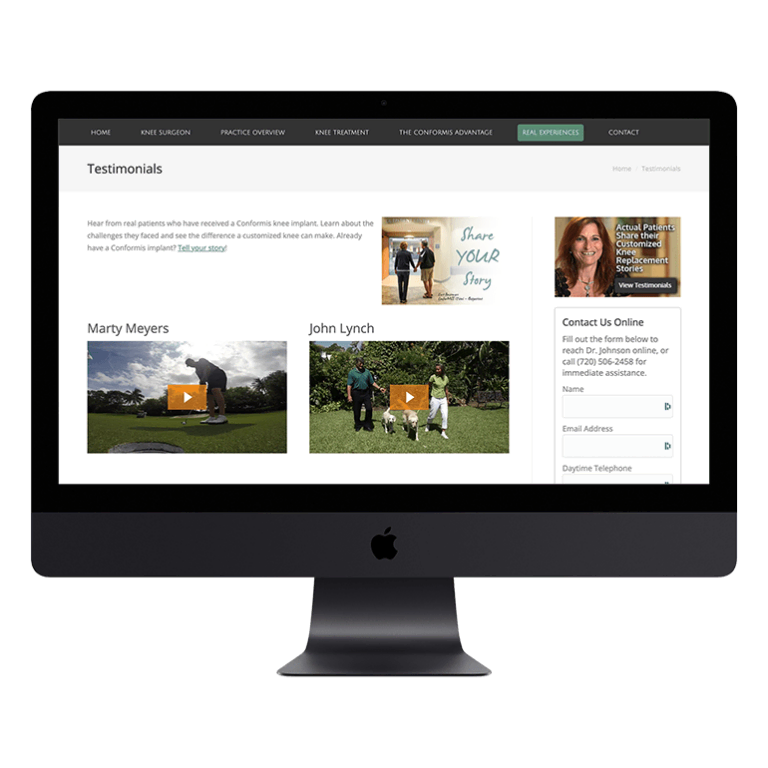
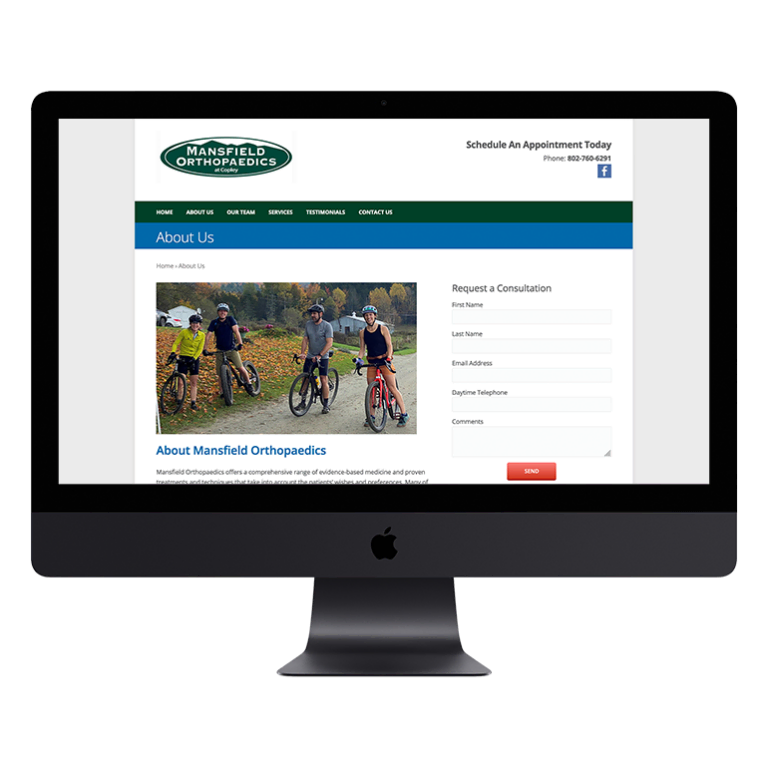
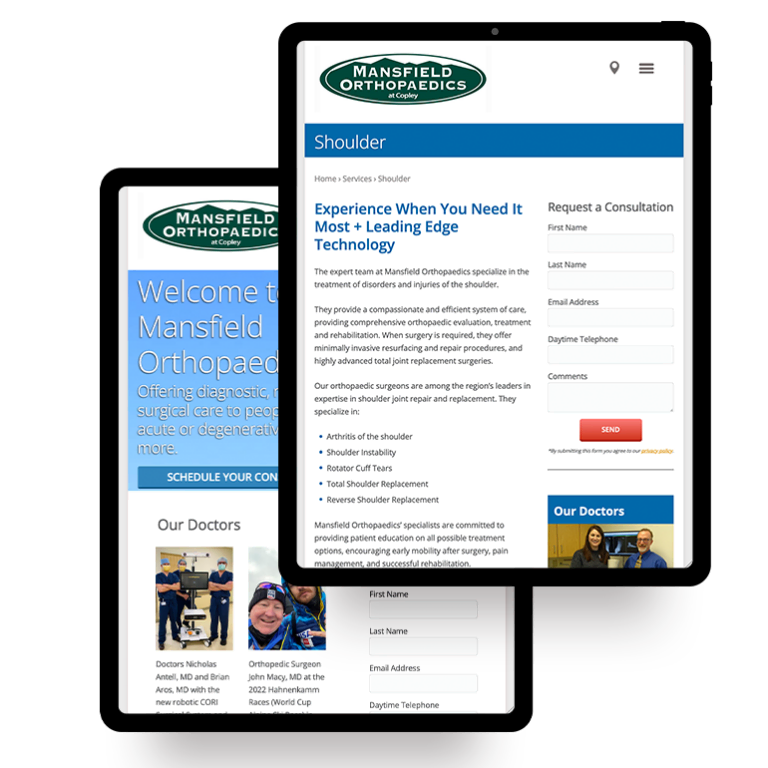

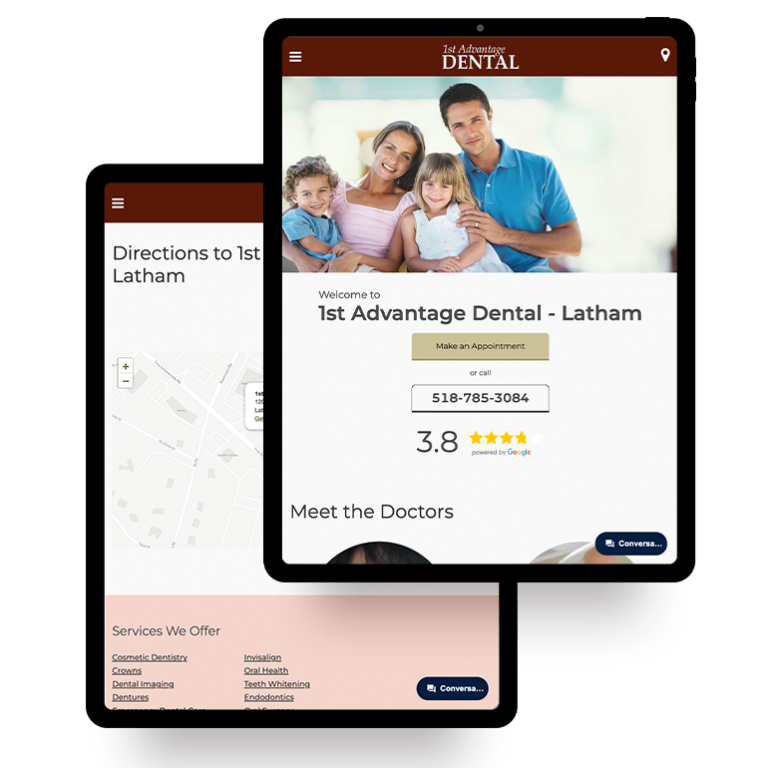

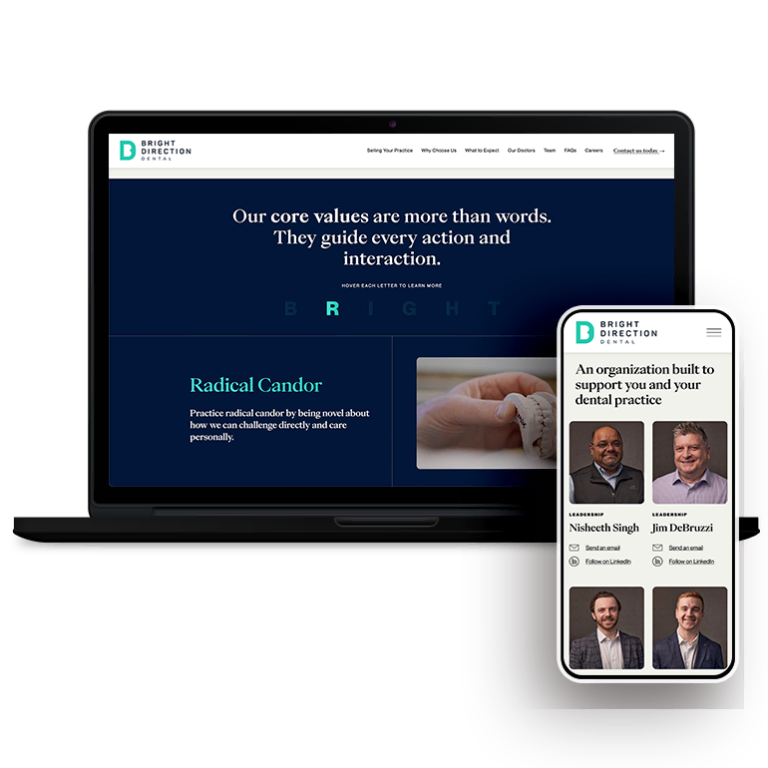
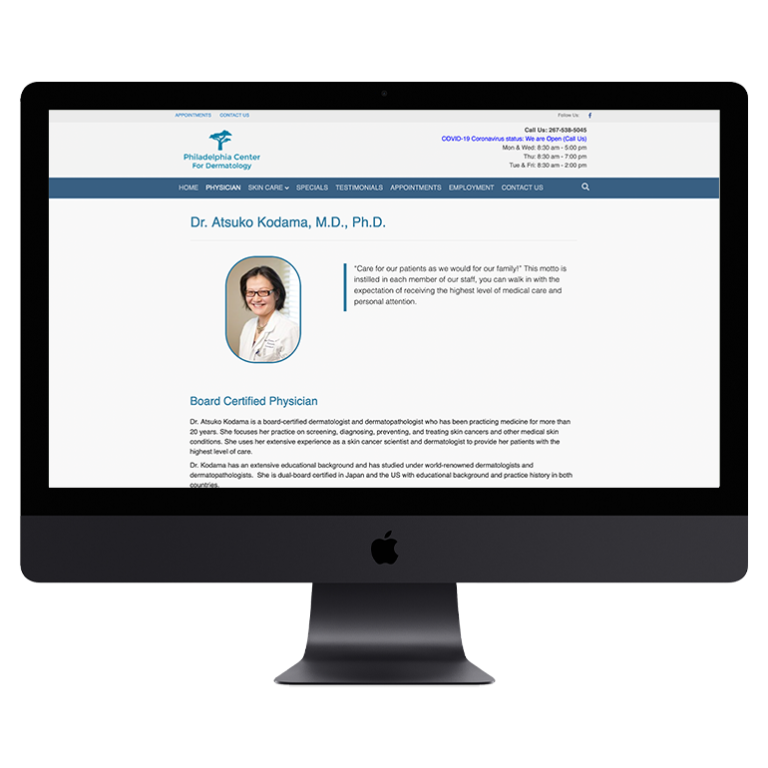
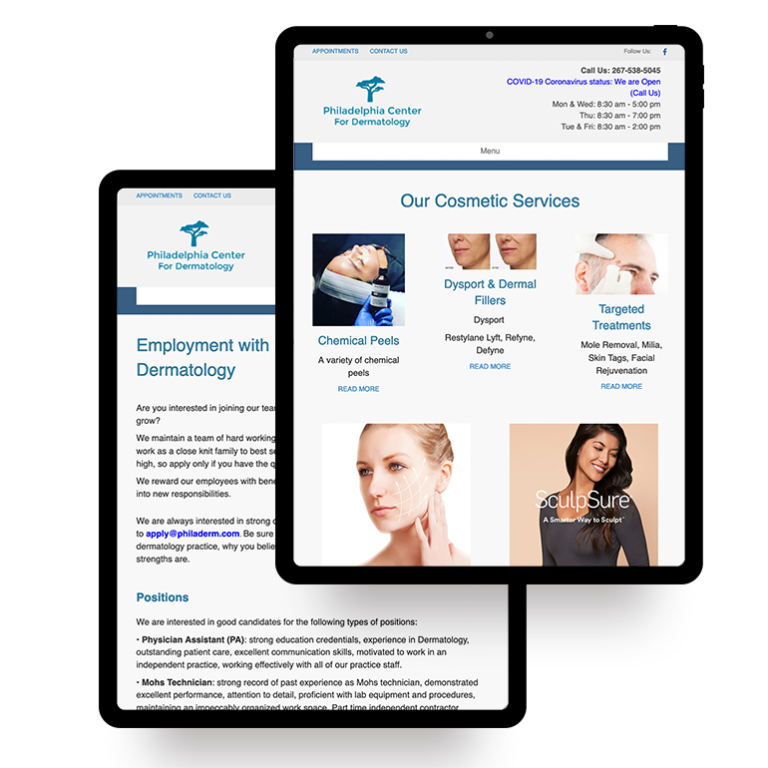

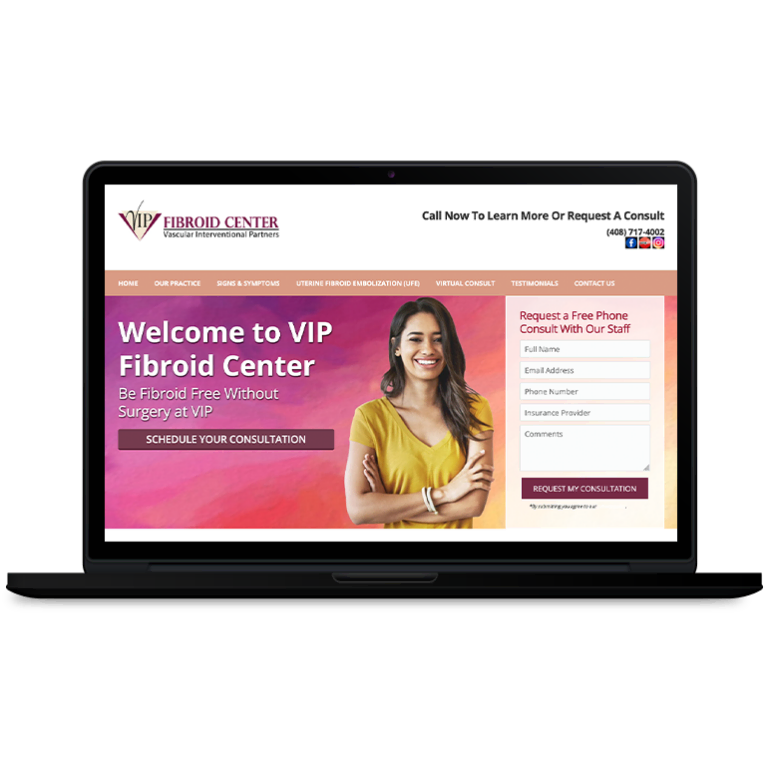

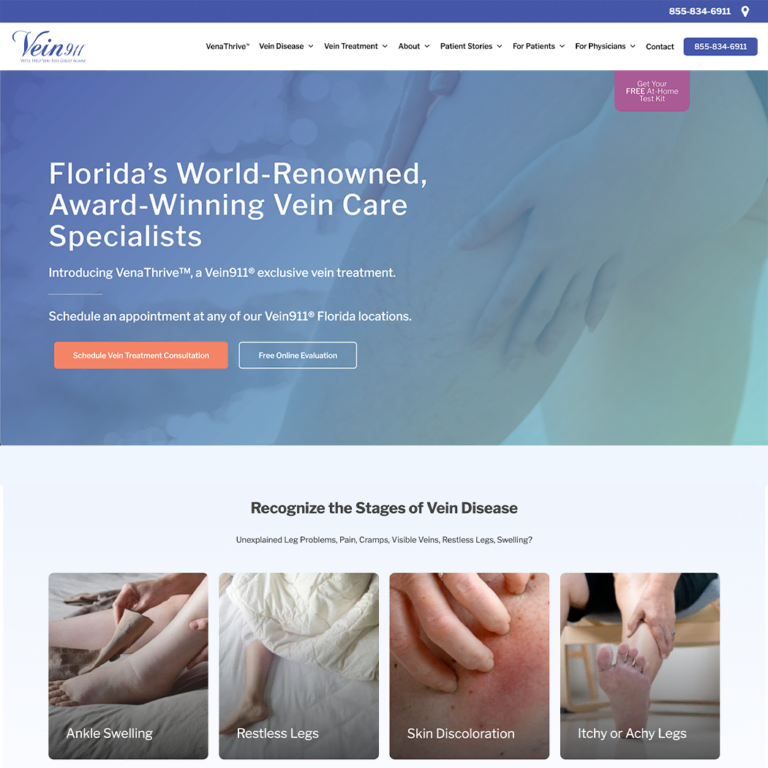
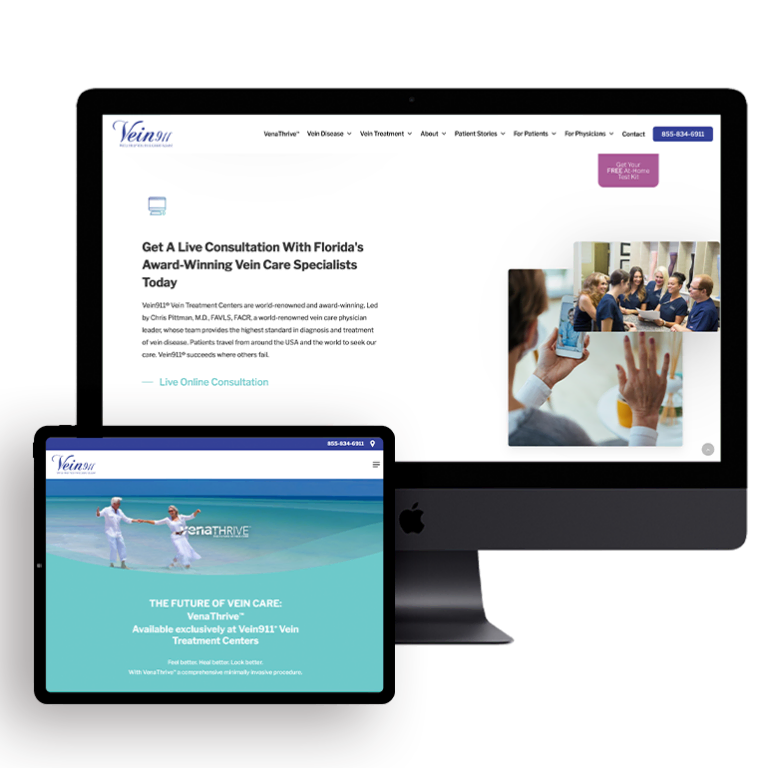
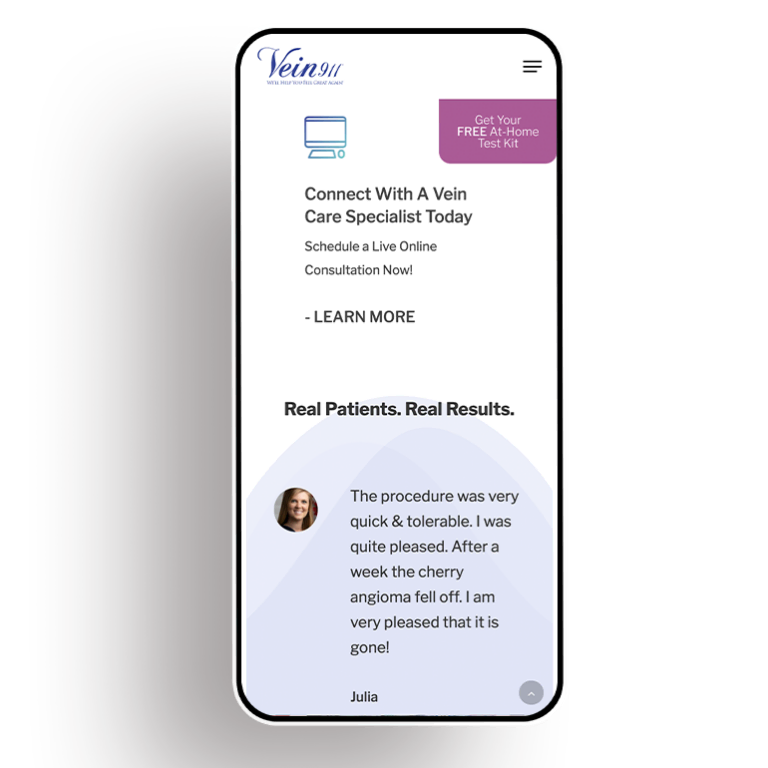
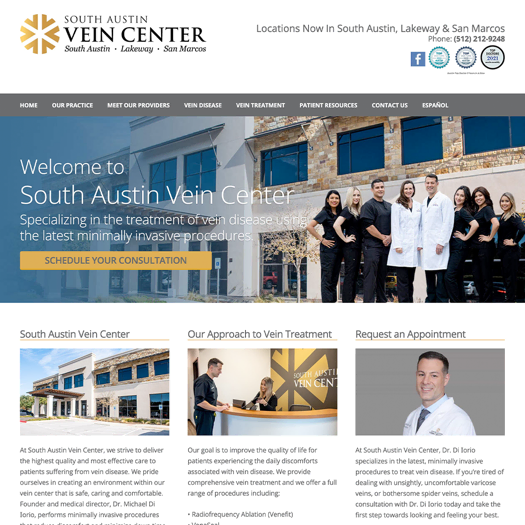
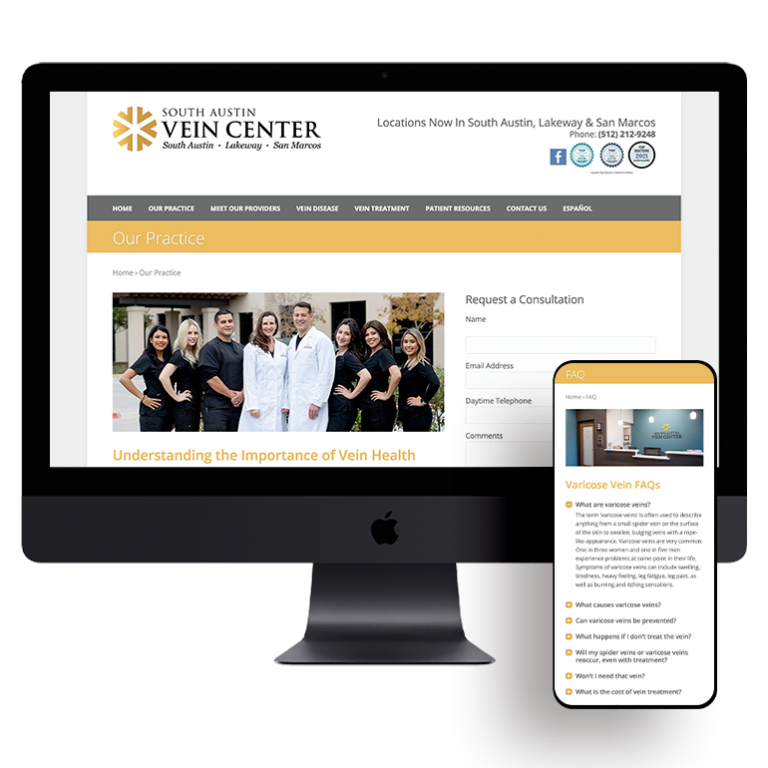
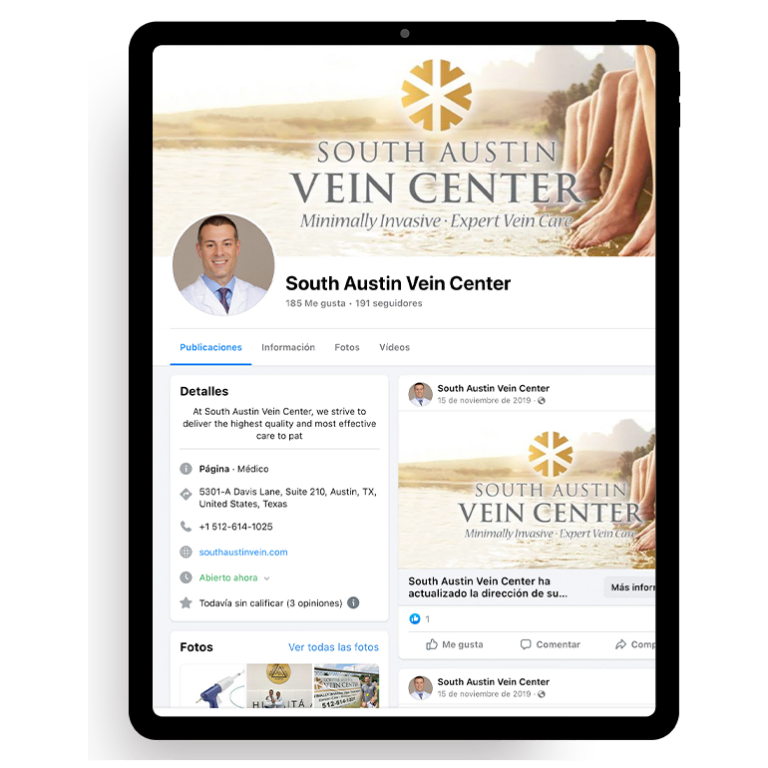



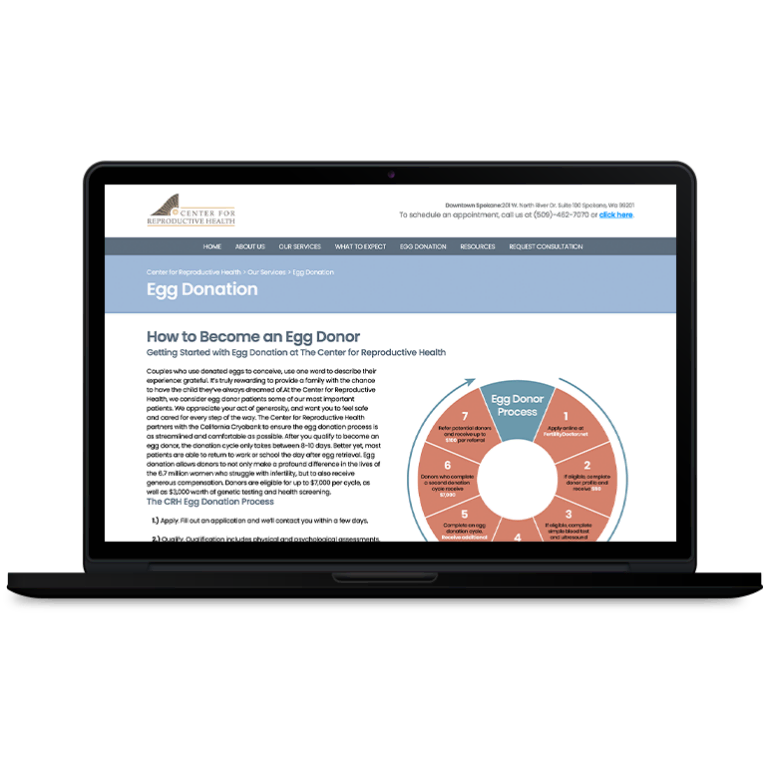
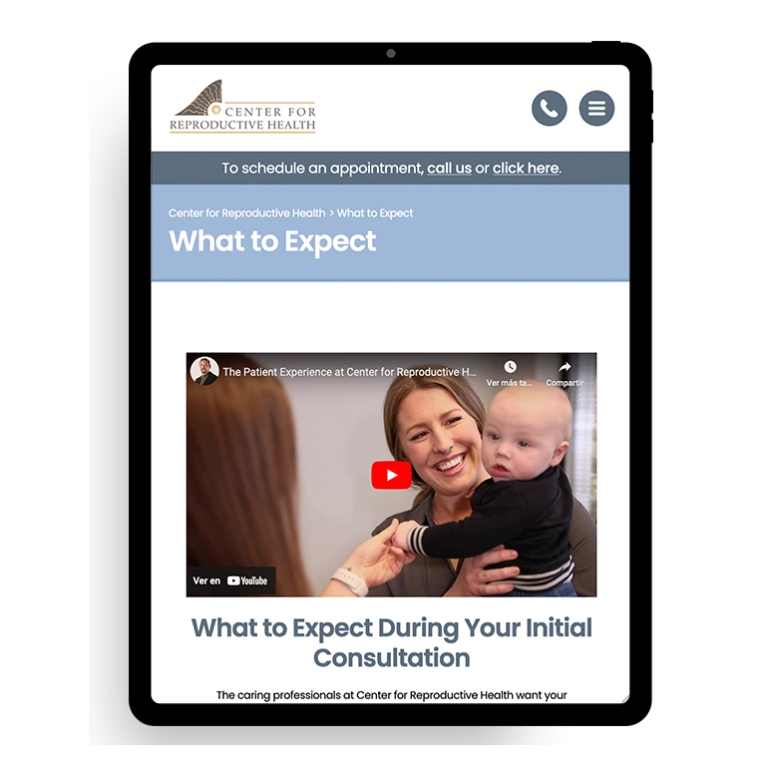
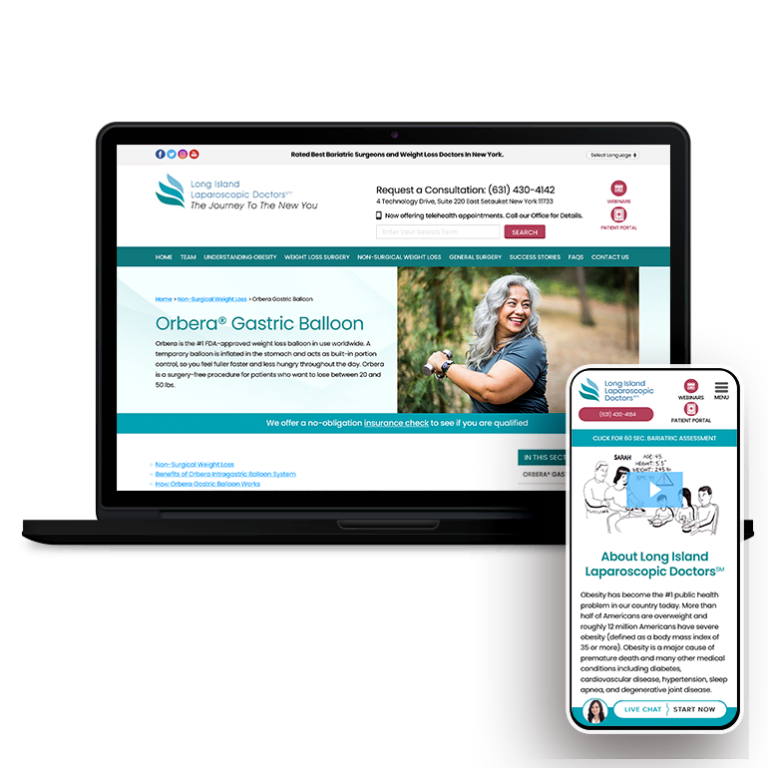
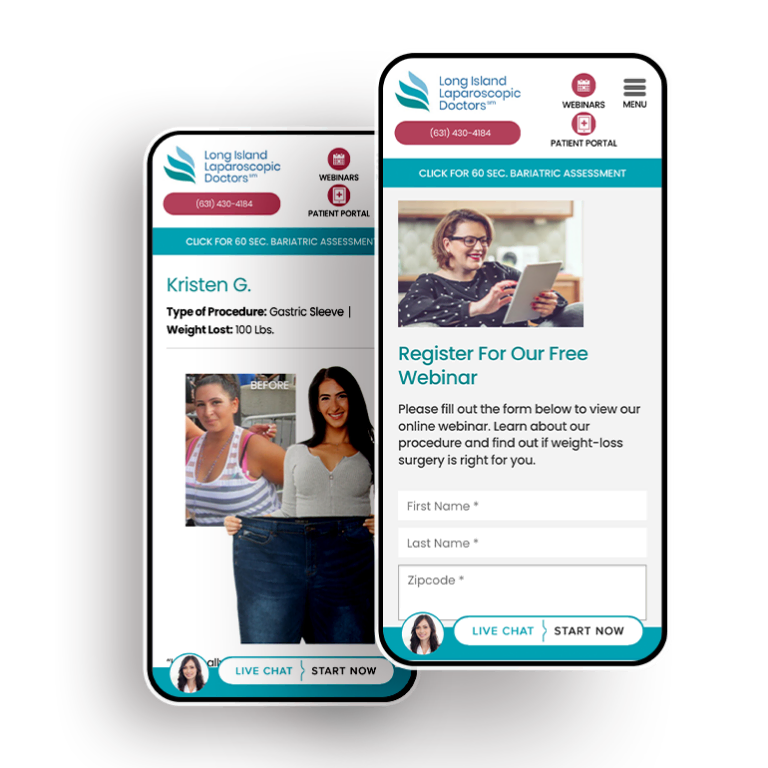
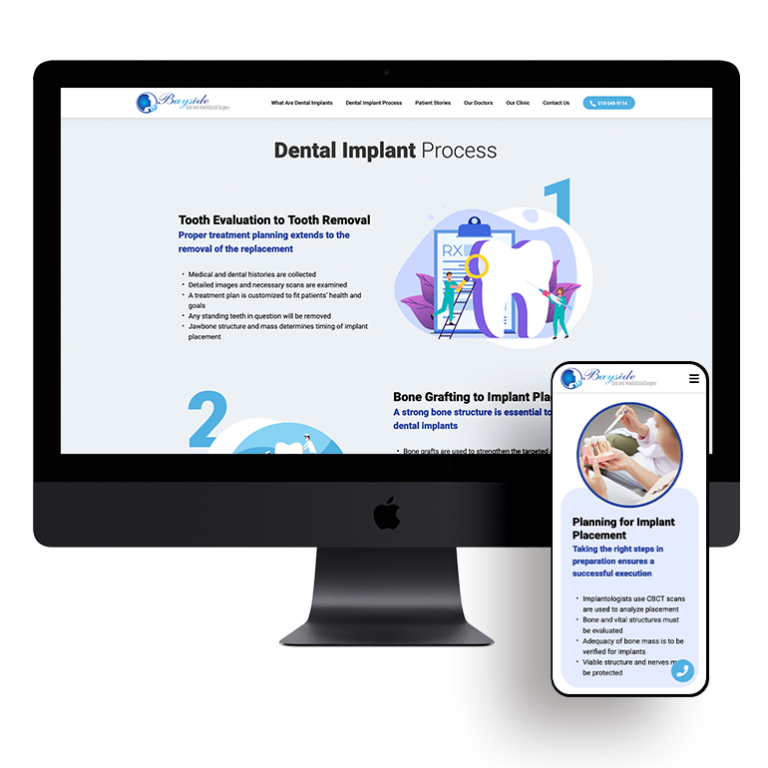

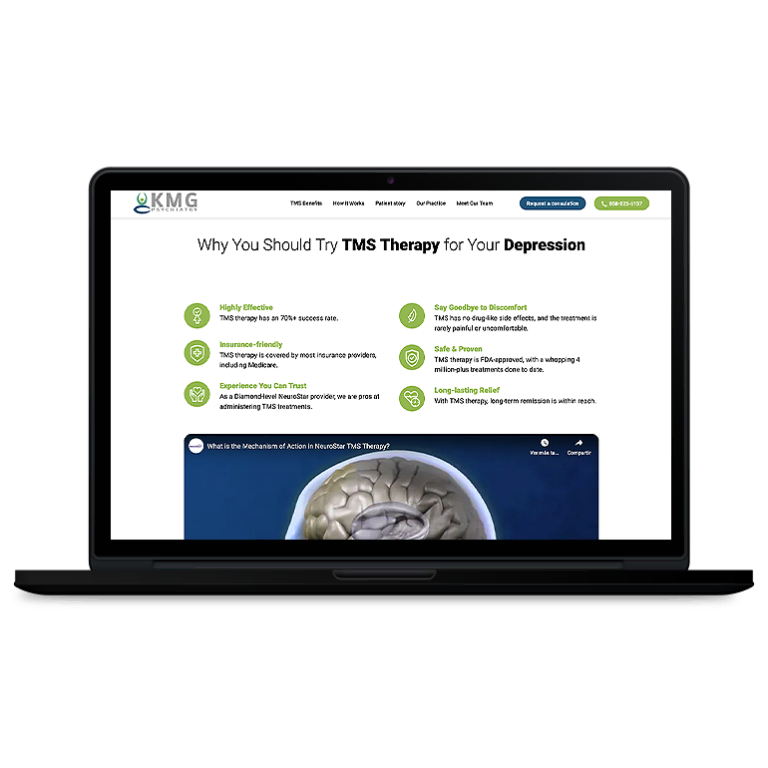


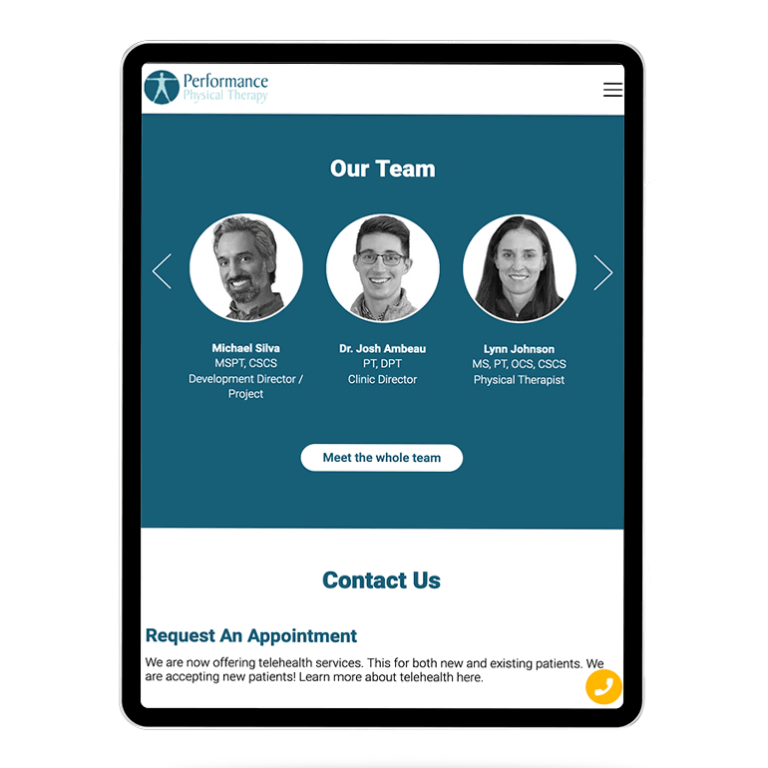

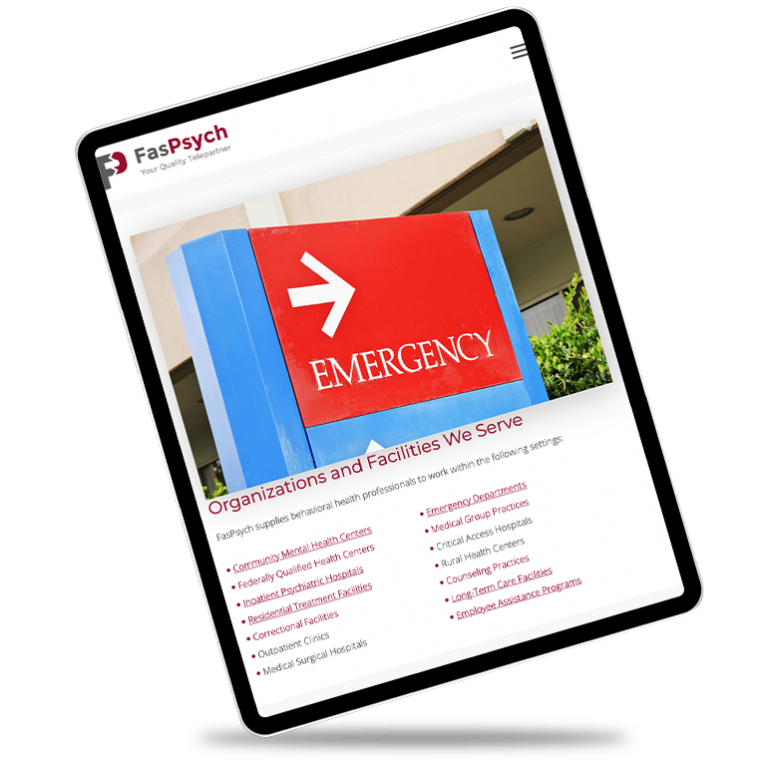
 Smart Design Creates New Patient Opportunities
Smart Design Creates New Patient Opportunities